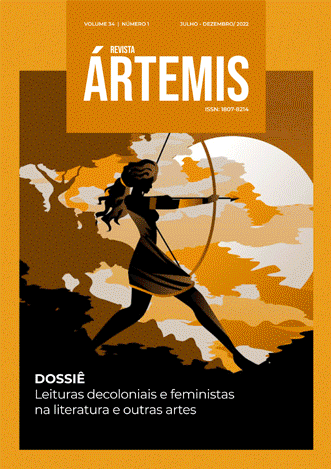The Identity Dynamics of Tituba and John Indien in the Novel I, Tituba: Black Witch of Salem by Maryse Condé
DOI:
https://doi.org/10.22478/ufpb.1887-8214.2024v38n1.71555Keywords:
Identidade, Pertencimento, Estudos Culturais, Tituba, Maryze CondéAbstract
This article aims to discuss and explore the identity representations and shifts of the central characters Tituba and John Indien in the novel I, Tituba: Black Witch of Salem by Maryse Condé. Initially, the article presents the author and contextualizes the characters within the unfolding of the plot and the events that shaped their lives. The theoretical framework used to explore aspects of the novel’s production is based on the propositions of Evaristo (2024) and Roeber (2004). For historical perspectives, the works of Federici (2017) and Davis (2016) were used. The foundations for exploring the concept of intersectionality in the work draw from the writings of Collins (2015) and Akotirene (2019). Lastly, the framework used to support research on issues of identity and belonging focuses on the works of Hall (2022), Silva (2014), and Laclau (2011). The analysis emphasizes how Condé’s narrative not only rewrites history from overlooked perspectives but also challenges and reconfigures dominant narratives, promoting greater inclusion and recognition of the diverse experiences and identities that shape history and literature.







